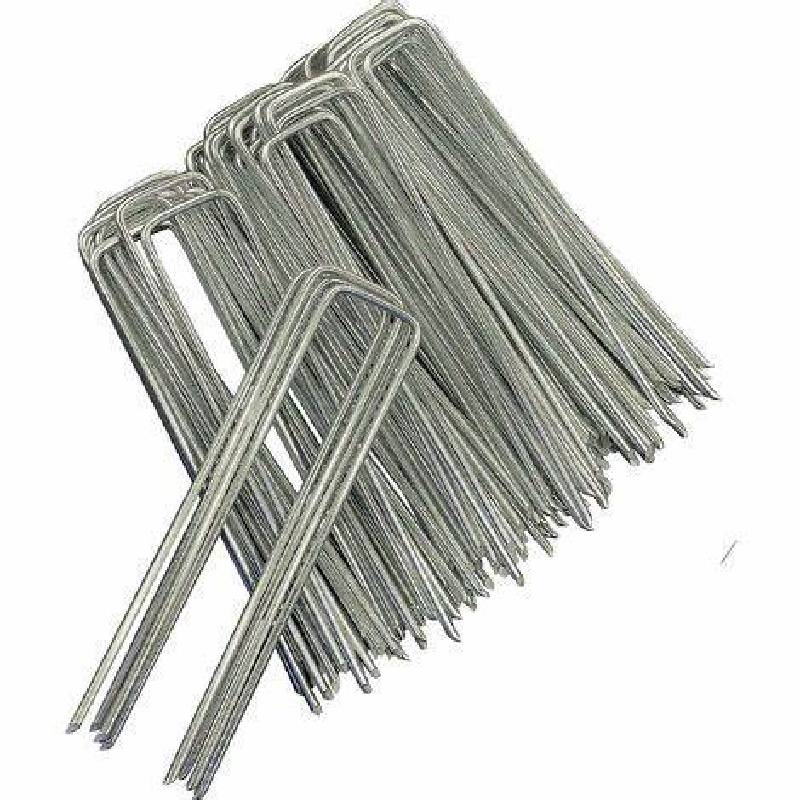
- Mobile Phone
- +8613931874955
- sales@cntcmetal.com
Understanding the Function and Design of Flat Coil Springs in Mechanical Applications
Understanding Flat Coil Springs Design, Functionality, and Applications
Flat coil springs, often referred to as flat spiral springs, are mechanical components designed to perform a variety of functions across diverse industries. These springs are characterized by their flat, coiled shape, distinguishing them from traditional cylindrical springs. This article explores the design, functionality, and applications of flat coil springs, emphasizing their significance in modern engineering solutions.
Design Characteristics
The design of flat coil springs is pivotal in determining their performance and usability. Typically produced from high-quality spring steel, these springs can also be made from stainless steel, Inconel, or other materials that offer resistance to corrosion and fatigue. The flat profile allows for a compact design, making them suitable for applications with limited space.
Flat coil springs come in various thicknesses and diameters, with their coil configuration playing a crucial role in their mechanical properties. The tension and compression characteristics of these springs depend on factors such as the number of coils, the thickness of the material, and the overall geometry of the spring. As a result, engineers can tailor these springs to meet specific load requirements and operational conditions.
Functionality
The primary function of flat coil springs is energy storage and release. When a load is applied, the spring compresses or extends, storing potential energy. Once the load is removed, the spring returns to its original shape, releasing the stored energy. This mechanism is central to many devices that rely on the mechanical action of springs.
flat coil spring

Flat coil springs are particularly effective in applications requiring a uniform force over a range of motion. Their design allows for a consistent load distribution, which can be advantageous in scenarios where balancing and stability are critical. Additionally, these springs can endure repeated cycles of loading and unloading without significant deformation, making them ideal for dynamic applications.
Applications
The versatility of flat coil springs enables their use across various sectors, including automotive, aerospace, electronics, and consumer goods. In automotive systems, they are commonly found in mechanisms such as window regulators and suspension systems, where they contribute to the reliable and smooth operation of components.
In the aerospace industry, flat coil springs play a vital role in the operation of safety devices and latch mechanisms. Their lightweight and high strength make them suitable for applications where weight reduction is crucial. Similarly, in electronics, these springs are utilized in devices such as switches and connectors, providing stability and reliability in circuits.
Consumer products also leverage flat coil springs extensively. Items such as retractable pens, watches, and various mechanical toys use these springs as integral components that enhance functionality and user experience. Their design flexibility means they can conform to the aesthetic and practical needs of a wide array of products.
Conclusion
Flat coil springs represent a fascinating intersection of design and functionality in mechanical engineering. Their ability to store and release energy in a compact form has made them indispensable across numerous industries, facilitating the development of innovative products and systems. As technology continues to evolve, the demand for specialized designs and high-performance materials will likely fuel advancements in flat coil spring applications. Understanding the nuances of these springs not only helps engineers create better designs but also enhances the overall efficiency and effectiveness of the products we use every day. The future of flat coil springs is bright, ensuring they remain a crucial component in the ever-changing landscape of engineering and technology.
share:
-
Yard Sign Stakes: Reliable Guardians of Outdoor SignsNewsAug.04,2025
-
Wall Ties: Invisible Guardians of Building StabilityNewsAug.04,2025
-
Resilient Web: The Super Guardian Power of Concrete MeshNewsAug.04,2025
-
Masonry Accessories: A versatile assistant on building foundationsNewsAug.04,2025
-
Iron Binding Wire: the 'invisible reinforcement specialist' in the fields of architecture and industryNewsAug.04,2025
-
Dynamic Spring: The diverse functions and excellent performance of Wire Tension SpringNewsAug.04,2025
-
Your Source for Concrete Wall Ties and Masonry AccessoriesNewsJul.10,2025



















